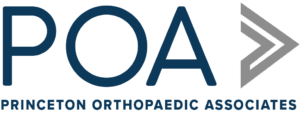
Physician Assistants
Physical & Occupational Therapists
KneeMRI ScansNon-OperativePhysiatry
Physical Therapy
Podiatry
Spine
Sports Medicine
TraumaUrgent Care
X-Ray Imaging

Muscle strains, often colloquially dubbed "pulled muscles," and muscle sprains represent common but often misunderstood injuries. While muscle strain and sprain are often used interchangeably, they are quite different. Read on as we delve into the intricacies of muscle strains and sprains, shedding light on their causes, symptoms, diagnosis, and optimal treatment strategies. If you are concerned that you have a muscle sprain or strain, we recommend contacting us to schedule an appointment with one of our specialists or visiting one of our urgent care facilities.

A muscle sprain occurs when the ligaments, which are tough bands of fibrous tissue responsible for stabilizing joints, are stretched or torn. Muscle sprains are frequently observed in joints throughout the body. This injury typically results from sudden or forceful movements that push a joint beyond its normal range of motion, such as twisting, turning, or landing awkwardly.
The primary cause of muscle sprains is the application of excessive force or stress on the ligaments, leading to overstretching or tearing. Factors predisposing individuals to muscle sprains include poor flexibility, inadequate warm-up before physical activity, muscle weakness or imbalance, fatigue, and engaging in sports or activities involving rapid changes in direction or sudden stops. Additionally, environmental factors such as slippery surfaces or uneven terrain can increase the risk of falls or accidents that may result in muscle sprains.
Understanding these predisposing factors can help individuals take preventive measures, such as incorporating proper warm-up routines, strength training, and flexibility exercises, to reduce the risk of muscle sprains and maintain overall musculoskeletal health.

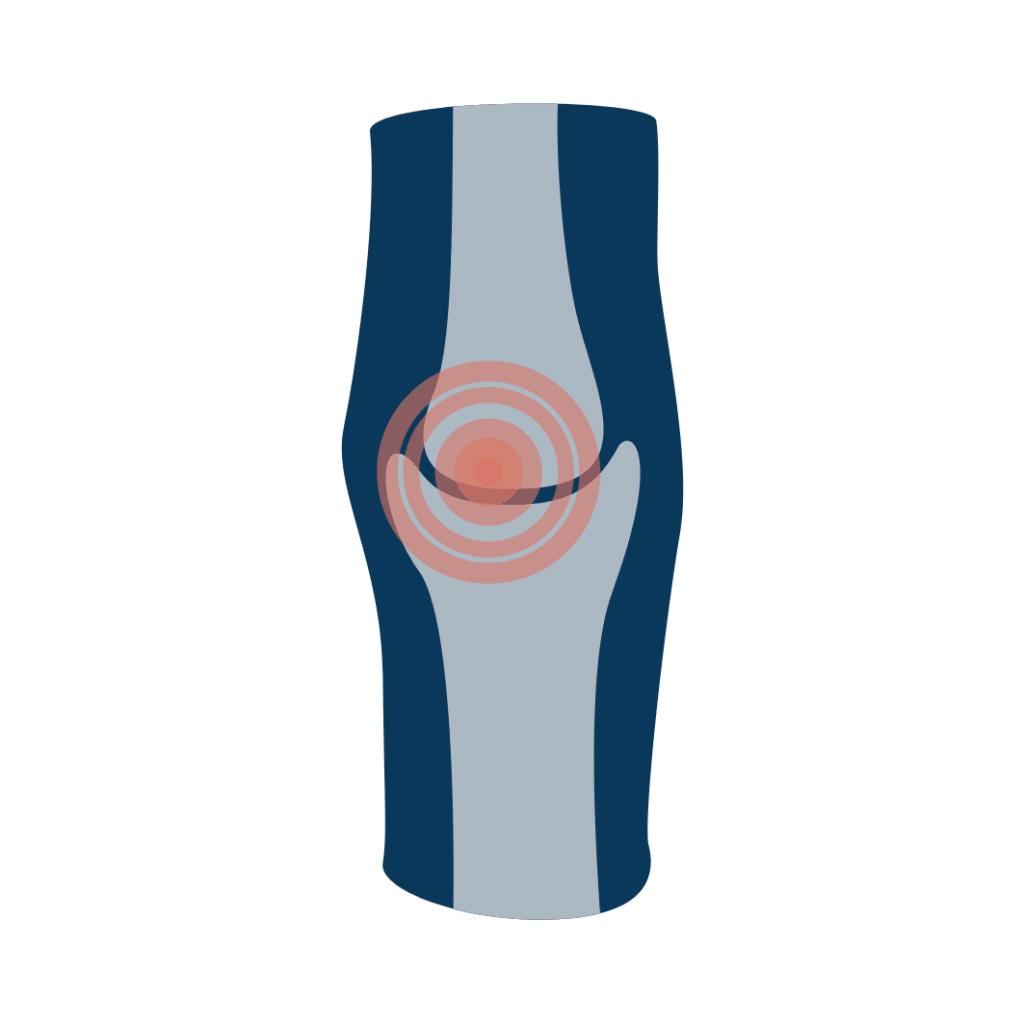
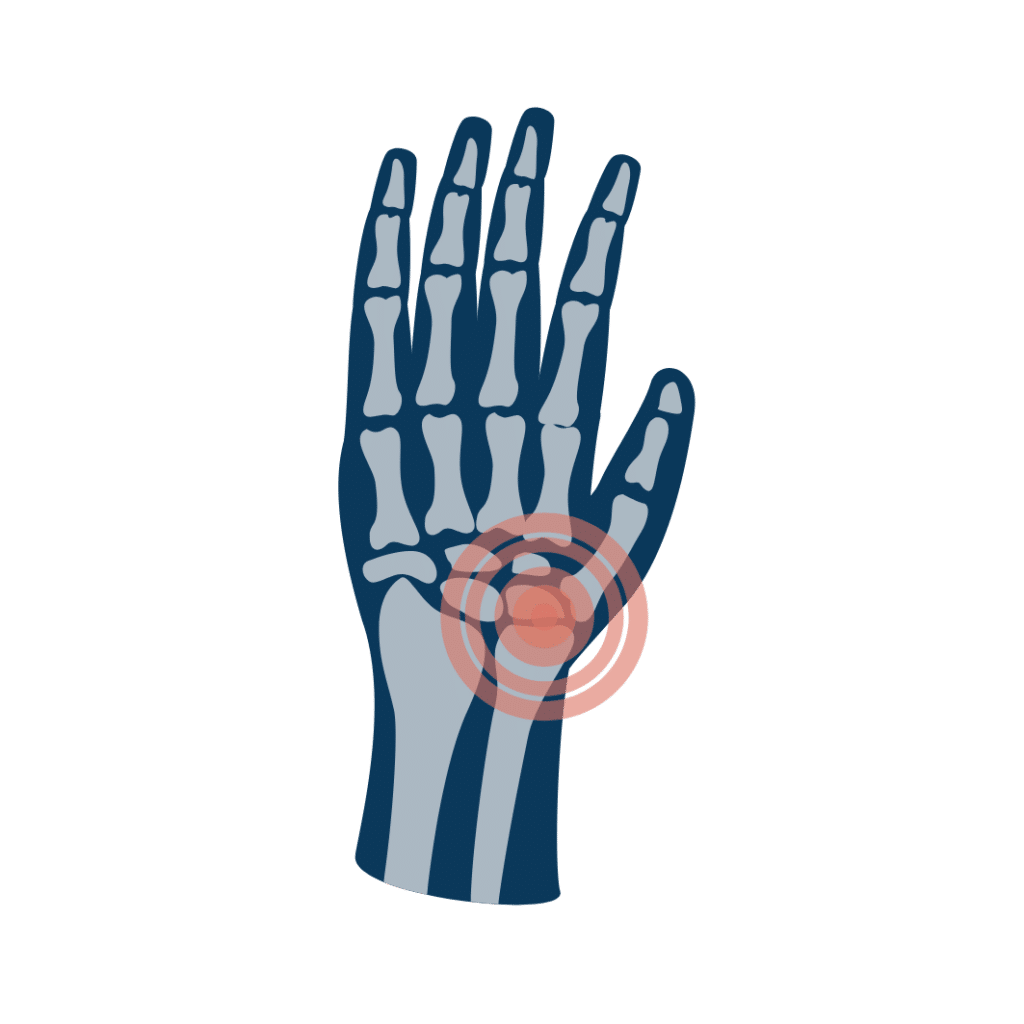
Ankles: Ankle sprains are among the most common types of sprains, often resulting from activities such as running, jumping, or landing on uneven surfaces.
Knees: Sprains of the ligaments surrounding the knee joint can occur due to sudden twisting movements or direct impact, commonly seen in sports like basketball, soccer, or skiing.
Wrists: Wrist sprains may occur from falls onto outstretched hands or during activities that involve repetitive wrist movements, such as gymnastics or racquet sports.
Shoulders: Shoulder sprains can happen as a result of sudden movements or trauma, particularly during activities involving overhead motions like swimming or weightlifting.
Elbows: Elbow sprains can occur from sudden impact or overextension, often seen in contact sports like football or martial arts.
Back: Sprains of the muscles and ligaments in the back can result from improper lifting techniques, sudden movements, or poor posture, leading to strains and sprains.
Neck: Neck sprains may occur from sudden movements or whiplash injuries, commonly associated with car accidents or contact sports.
Muscle strains occur when a muscle is stretched beyond its normal range, resulting in partial or complete tears. These injuries are frequently observed in muscles that span two joints and are prevalent during explosive actions like sprinting or sudden increases in exercise intensity, such as during training camps.
To comprehend muscle strains, it's essential to grasp the mechanics behind them. These injuries typically arise from overstretching a muscle, causing tearing. The most common sites for these tears are at the junction between the muscle and the tendon, but they can also occur within the muscle or at the tendon-bone attachment points.
Muscles, often called the body's building blocks, rely on tendon attachments for movement. Activities demanding explosive movements, like squats or rapid changes in direction, can lead to excessive force, tearing the connective tissue. The quadriceps and hamstrings, crucial players involving multiple joints, are particularly prone to these injuries.
Several factors can predispose individuals to muscle strains, including age, prior muscle injuries, inflexibility, muscle weakness, and fatigue.



Hamstrings: Strains in the hamstring muscles, located at the back of the thigh, are quite common, especially among athletes involved in activities like running, sprinting, or jumping.
Quadriceps: The muscles at the front of the thigh, known as the quadriceps, are susceptible to strains, particularly during activities that involve kicking, squatting, or sudden acceleration.
Calves: The muscles in the lower leg, including the gastrocnemius and soleus muscles, are prone to strains, often seen in activities such as running, jumping, or rapid changes in direction.
Groin: The muscles of the groin area, including the adductor muscles, can be strained during activities that involve sudden changes in direction, twisting movements, or kicking motions.
Lower Back: Strains in the muscles of the lower back are common, often resulting from lifting heavy objects with improper form, sudden movements, or prolonged poor posture.
Shoulders: The muscles around the shoulders, including the deltoids and rotator cuff muscles, can experience strains due to repetitive overhead motions, lifting heavy objects, or sudden impacts.
Neck: Strains in the neck muscles can occur due to poor posture, sudden movements, or overuse, leading to symptoms such as stiffness, pain, and limited range of motion.
Forearms: Muscles in the forearm, such as the flexor and extensor muscles, can be strained from repetitive gripping, lifting, or twisting motions, commonly seen in activities like weightlifting or racket sports.
In summary, while both muscle strains and muscle sprains involve damage to soft tissues within the body, a muscle strain refers explicitly to an injury to the muscle fibers themselves, while a muscle sprain involves damage to the ligaments that support and stabilize joints. Understanding the differences between these two types of injuries can help individuals seek appropriate treatment and rehabilitation to facilitate recovery and prevent further damage.
A muscle sprain occurs when the ligaments, bands of fibrous tissue that connect the bones, are stretched or torn. Ligaments are responsible for stabilizing joints and preventing excessive movement.
A muscle strain occurs when the muscle fibers are overstretched or torn, typically as a result of sudden or excessive force. This injury affects the muscle tissue itself.
Symptoms of a muscle sprain may include pain, swelling, bruising, instability in the affected joint, as well as difficulty bearing weight on the injury.
Common symptoms of a muscle strain include pain, swelling, muscle spasms, weakness, and reduced range of motion - difficulty moving the affected muscle or joint.
Muscle sprains typically occur as a result of sudden or forceful movements that push a joint beyond its normal range of motion. An example would be twisting or landing awkwardly.
Muscle strains can be caused by activities such as lifting heavy objects, sudden movements, or overexertion during physical activity.
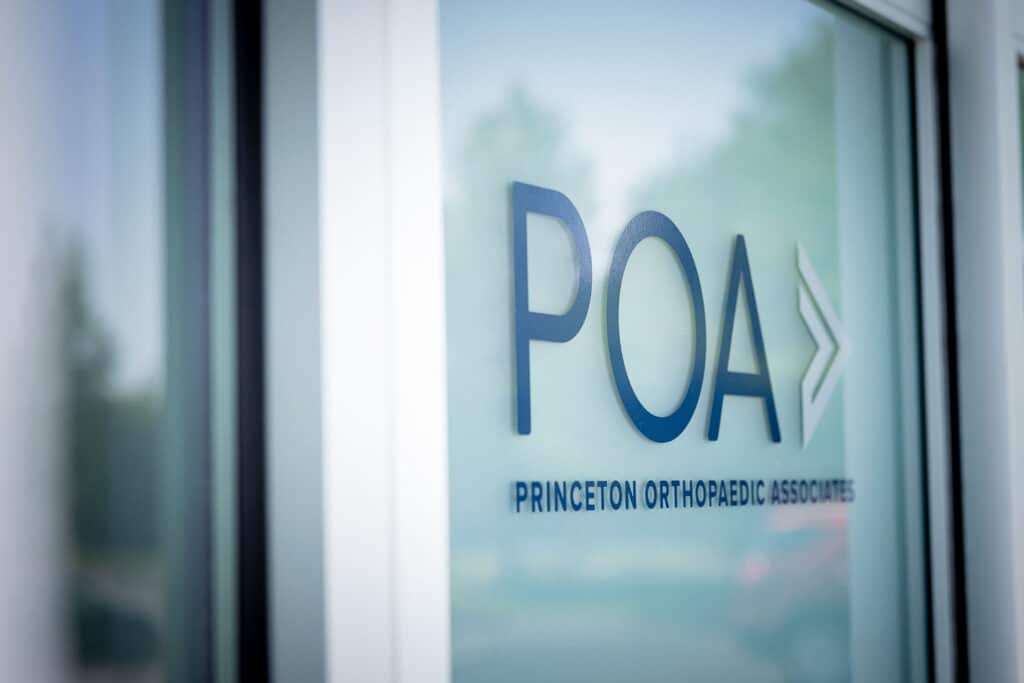
Please contact us! We'd love to help.
If you have finger pain, please contact us and schedule an appointment. We have urgent care facilities all over New Jersey for your convenience.
Muscle sprains and muscle strains are typically diagnosed through similar methods. Both involve a combination of medical history, physical examination, and sometimes imaging.
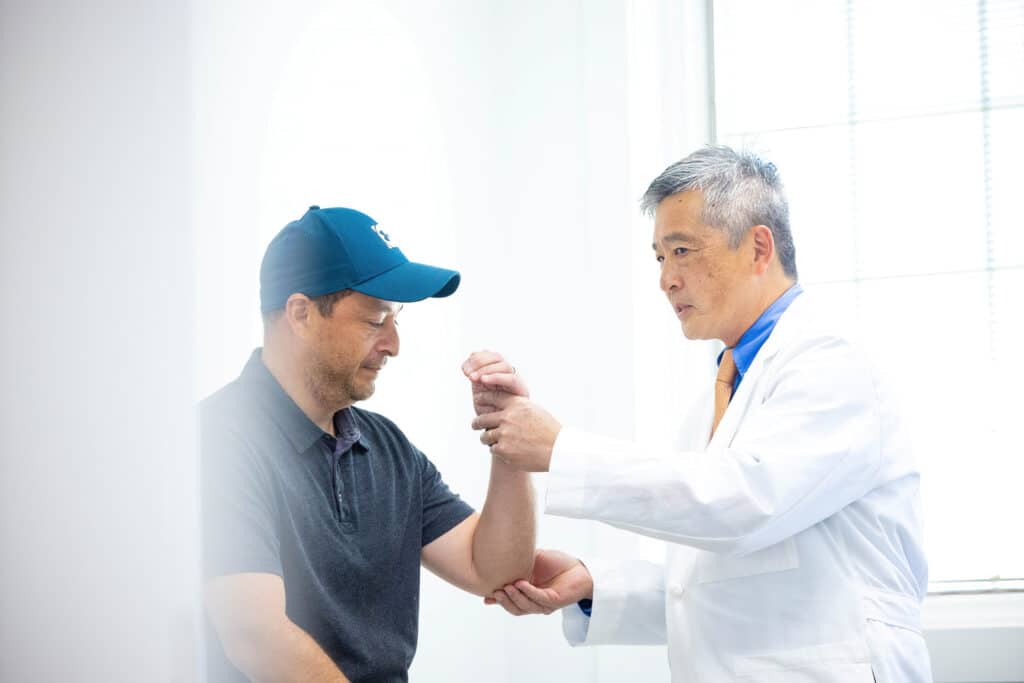
Medical History: The healthcare provider will begin by asking about the individual's symptoms, including the location and severity of the pain, when the pain started, any recent physical activities or injuries, and any previous history of similar symptoms.
Physical Examination: A thorough physical examination assesses the affected area. The healthcare provider will palpate the area to identify areas of tenderness, swelling, or deformity. They may also assess the range of motion of the affected muscle or joint and look for signs of weakness or instability. Specific tests may be performed to evaluate the integrity of the ligaments surrounding the joint and assess for signs of ligamentous injury.
Functional Tests: Functional tests may be performed to evaluate the individual's ability to perform specific movements or activities related to their injury. These tests help assess the extent of functional impairment and guide treatment planning. For example, in the case of an ankle sprain, functional tests such as the anterior drawer test or talar tilt test may be performed to assess stability and identify ligamentous laxity.
Imaging: In some cases, imaging studies may be ordered to confirm the diagnosis and assess the severity of the injury. While imaging is not always necessary for diagnosing muscle sprains, it may be recommended if the healthcare provider suspects a more severe injury or if symptoms persist despite conservative management.
Common imaging modalities that may be used to evaluate muscle sprains or muscle strains include:
Understanding the causes, symptoms, diagnosis, and treatment options for muscle strains is crucial for athletes and individuals. Combining medical knowledge with effective rehabilitation strategies can enhance recovery outcomes and reduce the risk of future injuries. If you're experiencing symptoms or have concerns about muscle strains or sprains, let our team of experts at Princeton Orthopaedic Associates help you navigate your injury and get you back on your feet! You can contact us here to schedule an appointment.

© 2023 Princeton Orthopaedic Associates. The contents of princetonorthopaedic.com are licensed under a Creative Commons Attribution-NonCommercial 4.0 International License. Copying without permission is strictly forbidden.